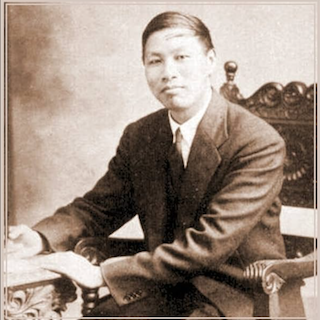THE 26 GIFTS OF CHRIST’S FINISHED WORK BY KENNY CHEE (ISBN: 978-981-94-2191-6) This 168-page book is creatively arranged with an alphabetical structure where each chapter unveils a profound aspect of Christ’s finished work, blending insight with application and prayer. It’s a gateway to discovering the boundless riches of life in Christ. It deepens our appreciation […]
Overjoyed I feel so much satisfaction to hold the first book I have completed in my hands. Someone mentioned that the process is like giving birth. I can abstractly relate to that: first the pain and sorrow, then the joy and relief that the delivery went well. When the books were delivered to my home, […]
I have been influenced early in my Christian life by spiritual giants from China and India. These were Watchman Nee, John Sung, Pastor Hsi from China, Sadhu Sundar Singh, Bakht Singh and Zac Poonen from India. I would think the books of Watchman Nee have influenced me the most since he has written scores of […]

